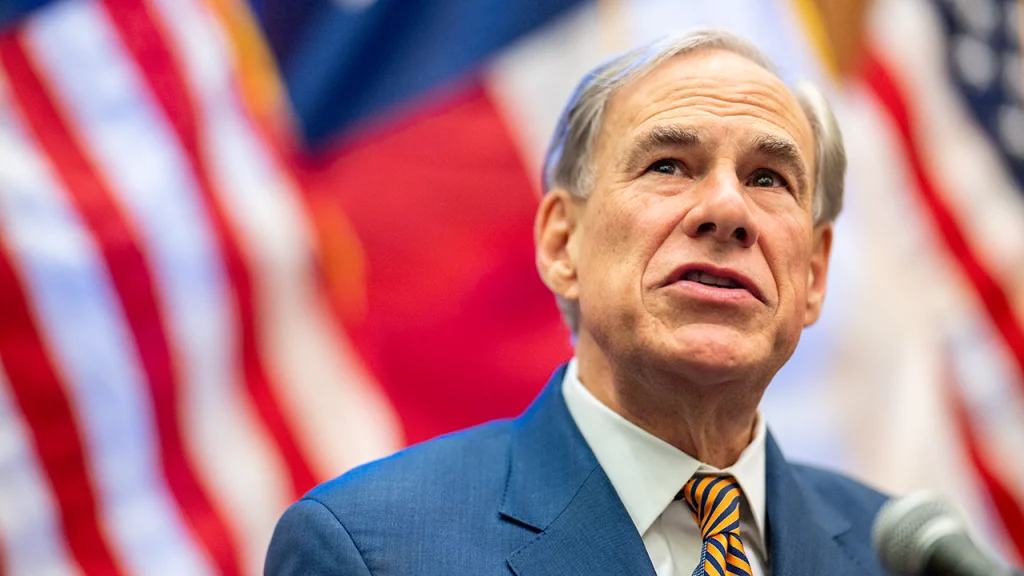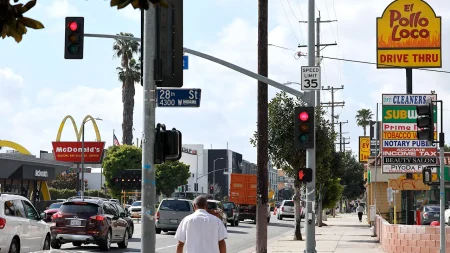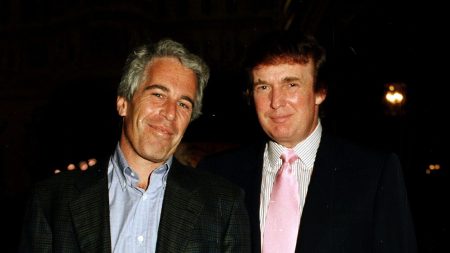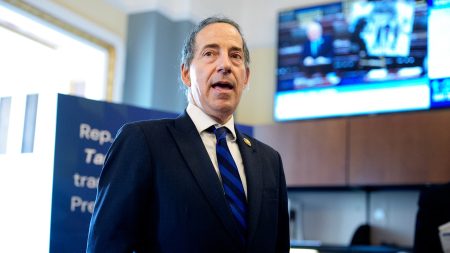Federal Judge’s Fiery Dissent Over Texas Redistricting Ruling Reveals Deep Judicial Divide
A remarkable judicial drama unfolded this week when a federal judge in Texas delivered a blistering 104-page dissent in response to a court decision that invalidated the state’s redrawn congressional map. Judge Jerry Smith, a Reagan appointee to the U.S. Court of Appeals for the 5th Circuit, unleashed what can only be described as a judicial thunderbolt against his colleagues, particularly targeting U.S. District Judge Jeffrey Brown, a Trump appointee who authored the majority opinion. The 2-1 ruling temporarily blocks Texas from using its newly redrawn map for the 2026 midterms, finding that the state engaged in unconstitutional racial gerrymandering when creating five new Republican-leaning districts. This decision has escalated a high-stakes redistricting battle that could significantly influence the balance of power in Congress, with Republican Governor Greg Abbott already appealing to the Supreme Court.
Judge Smith’s dissent represents an extraordinary departure from typical judicial discourse, repeatedly characterizing the majority opinion as judicial activism at its worst. “This is the most blatant exercise of judicial activism that I have ever witnessed,” Smith declared, before launching into a barrage of personal criticisms against Judge Brown. Throughout his lengthy dissent, Smith mentioned Brown hundreds of times, accusing him of “pernicious judicial misbehavior” and suggesting the majority opinion would be a “prime candidate” for a “Nobel Prize for Fiction.” The Yale Law-educated judge didn’t stop there, stating that “if this were a law school exam, the opinion would deserve an ‘F'” and claiming that “the main winners from Judge Brown’s opinion are George Soros and Gavin Newsom,” while “the obvious losers are the People of Texas and the Rule of Law.” This unusually personal and politically charged language has raised eyebrows across the legal community.
Adding another layer to this judicial conflict was the timing of the dissent’s release. In a procedural move that clearly agitated Smith, the majority opinion was issued on Tuesday without waiting for his dissent, which appeared on the docket a day later. This timing discrepancy prompted Smith to write, “Any pretense of judicial restraint, good faith, or trust by these two judges is gone,” suggesting his colleagues in the majority – Judge Brown and Obama-appointee Judge David Guaderrama – were afraid to address his arguments. Smith went on to accuse Brown of preferring to “live in a fantasyland” and engaging in “judicial tinkering,” further emphasizing the deep personal and ideological rifts exposed by this redistricting case. The dissent’s self-described “disjointed” nature reflects both the complexity of the legal issues at stake and the emotional intensity behind Smith’s response.
At the heart of the legal dispute is the majority’s finding that Texas engaged in racial gerrymandering when redrawing its congressional map. Judge Brown’s opinion opened with a quote from Chief Justice John Roberts: “The way to stop discrimination on the basis of race is to stop discriminating on the basis of race.” The majority found “substantial evidence” that Texas racially gerrymandered its 2025 map, particularly pointing to a directive from Department of Justice Civil Rights Division head Harmeet Dhillon that instructed Texas to address four districts with non-White majorities because they were “coalition” districts. The judges determined this was a race-based directive, especially since Dhillon ignored all other Democrat-leaning districts with White majorities. Moreover, the court found that Governor Abbott explicitly directed the legislature to redistrict based on race when he rushed to add redistricting to the legislative agenda, triggering dramatic protests that included Democratic lawmakers fleeing the state.
The implications of this ruling extend far beyond a single court case, touching on fundamental questions about voting rights, representation, and the proper role of the judiciary in electoral matters. The Supreme Court is now under pressure to act quickly, as Texas requires candidates to declare their candidacy by December 8. The high court is already considering a similar Voting Rights Act case from Louisiana, having heard oral arguments last month on a race provision relevant to the Texas case. This convergence of cases highlights how redistricting has become a pivotal election issue that could shape the outcome of next year’s midterms and beyond. Republicans have pushed back against what they characterize as “false accusations of racism” in this blockbuster redistricting fight, setting the stage for a contentious legal and political battle.
This extraordinary judicial clash reflects the broader polarization affecting American institutions and underscores the growing politicization of the judiciary. When federal judges engage in such openly antagonistic discourse, complete with references to political figures like George Soros and accusations of bad faith, it raises serious questions about judicial independence and collegiality. The Texas redistricting case exemplifies how redistricting – once a relatively technical and administrative process – has become a battleground for partisan warfare with enormous stakes for democratic representation. As this case moves to the Supreme Court, the justices will need to navigate not only complex legal questions about racial gerrymandering and voting rights but also the increasingly fraught relationship between law and politics in America’s democratic system. Their decision could have profound implications for how electoral districts are drawn across the nation and, by extension, who holds power in Washington for years to come.















